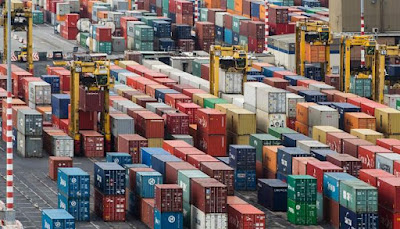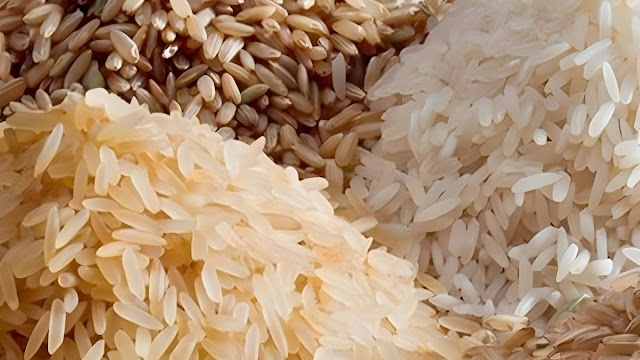Performance of India's Trade in 2022-23
India's Ministry of Commerce and Industry recently released data showing that India's overall exports (including merchandise and services) reached a record high of $770.18 billion in 2022-23, while overall imports surged 17.38% to $892.18 billion over the previous year. The strong performance of services exports played a vital role in boosting India's overall export numbers, even though the merchandise trade was impacted by the global economic slowdown. This blog post will take a deep dive into India's trade performance in 2022-23 and discuss the key factors that led to these numbers.
India Closes FY23 With Record Trade Numbers
India's trade performance in FY23 has been impressive, with the country closing the financial year with record trade numbers. The trade figures reflect a positive outlook for India's economy, which has been hit hard by the COVID-19 pandemic. The impressive performance is the result of several factors, including the strong performance of India's export sectors, increased focus on manufacturing and digital exports, and positive global economic conditions.
Overview of India's Trade Performance in FY23
India's merchandise exports in FY23 have reached $334 billion, which is an all-time high. This represents a growth of 27.4% over the previous year. The country's trade surplus has also reached a record high of $98.6 billion in FY23, up from $51.4 billion in the previous year.
India's services exports have also grown at a healthy rate, with the sector reaching $249 billion in FY23, an increase of 10.1% over the previous year. The country's services trade surplus reached $63.4 billion in FY23, up from $57.9 billion in the previous year.
Factors Driving India's Trade Growth
One of the main factors driving India's trade growth is the strong performance of its export sectors. India's major export sectors, such as pharmaceuticals, engineering goods, and textiles, have performed well in FY23, contributing significantly to the country's trade growth. The government's initiatives to boost exports, such as the Production-Linked Incentive Scheme have also played a crucial role in boosting exports.
India's increased focus on manufacturing and digital exports has also contributed to its trade growth. The government's Make in India and Digital India initiatives have been successful in attracting foreign investment into these sectors. This has led to a rise in exports of electronic goods, such as mobile phones and laptops.
Positive global economic conditions have also played a role in India's trade growth. The global economic recovery from the COVID-19 pandemic has led to increased demand for Indian products, especially in developed countries. The recent signing of the Regional Comprehensive Economic Partnership (RCEP) has also provided India with new opportunities for trade with its Asian partners.
Challenges and Risks Facing India's Trade Sector
Despite the positive outlook for India's trade sector, there are also several challenges and risks that could hamper its growth. The COVID-19 pandemic continues to pose a threat to global trade, with supply chain disruptions and logistics challenges affecting trade flows. Rising protectionism and trade tensions among major economies could also affect India's trade growth in the long term.
Implications for India's Economy and Future Prospects
The positive trade figures for India have significant implications for its overall economic performance. The country's trade growth has contributed to its GDP growth and has also helped to generate employment opportunities. The record trade surplus has also boosted India's foreign exchange reserves, providing the country with a buffer against external shocks.
Looking ahead, there is potential for continued growth in India's export sectors, especially in the digital and high-tech sectors. However, there is a need for policy reforms to address the challenges facing the trade sector and support future growth. This includes addressing supply chain disruptions, investing in infrastructure, and promoting innovation and research.
India's record trade figures in FY23 reflect a positive outlook for the country's economy. The strong performance of its export sectors, increased focus on manufacturing and digital exports, and positive global economic conditions have all contributed to its trade growth. However, challenges and risks, such as the COVID-19 pandemic and rising protectionism, continue to pose a threat to India's trade growth. Therefore, policy reforms are needed to support future growth. If you are looking to pursue a career in international business, iiiEM Chennai offers the best courses for international business in Chennai. iiiEM Chennai is a leading institute for international business education in India, offering a range of courses that cater to the needs of students and professionals looking to build a career in this field. The institute offers comprehensive courses in international business management, foreign trade, and export-import management, among others.




Comments
Post a Comment